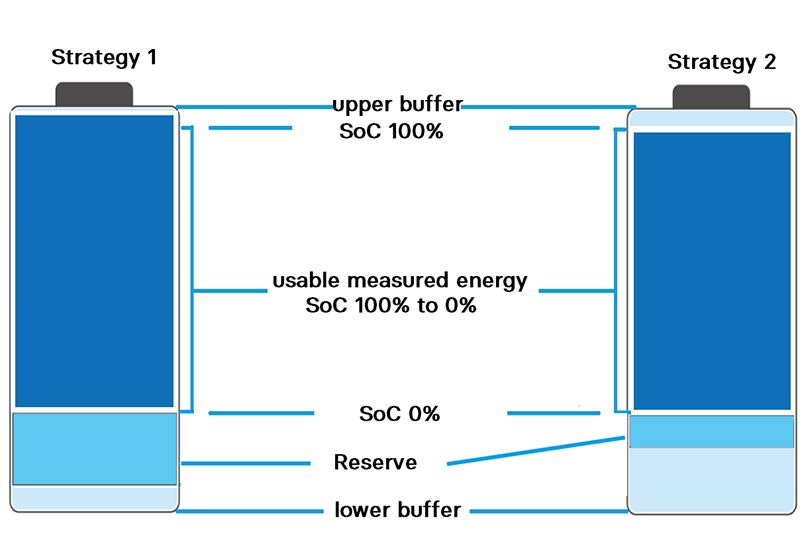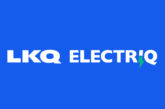
AVILOO has announced it is addressing one of the biggest uncertainties for existing and future EV drivers, the fear of being stranded on the road due to a dead battery.
Vague information about the amount of energy available to drivers and the way in which this information is determined and presented on the vehicle display, can cause confusion and has a negative impact on the acceptance of electromobility. Thanks to the technology of the independent AVILOO battery diagnostics, drivers can have better insight into the actual available energy and therefore gain greater safety.
It is well known electric vehicle batteries have so-called buffers (top and bottom) and contain more energy than what is displayed. These buffers are not physically placed at the top and bottom ends of the battery, but they serve to protect the battery from full charge (upper buffer) or complete discharge (lower buffer). Full charges and complete discharges damage the battery because they increase wear and accelerate degradation. There are two main strategies used by electric vehicle manufacturers – some manufacturers do not use an upper buffer, while others do. However, the lower buffer is always present and consists of two parts – a segment which is not available to the driver and a so-called emergency reserve, which serves as a safety measure if the battery is indicated as empty. Thanks to this emergency reserve, vehicles are highly unlikely to break down on the road, even if the SoC (State of Charge) on the display approaches 0%. Depending on the available emergency reserve energy and the condition of the vehicle, it is possible to continue driving to the next charging station.
It is crucial for drivers to know whether their vehicle has an emergency reserve and how extensive it is. This information is contained in the AVILOO Battery Performance Report, a statistical report providing important data on numerous key characteristics of electric vehicles. The report, which will be published in full in autumn 2024, currently includes two categories of data – the emergency reserve converted into kilometres according to WLTP and the deviation of the real range from the WLTP value.
DI Nikolaus Mayerhofer, CTO of AVILOO, said: “If drivers have information about the level of the emergency reserve, they can get rid of their fear and plan their route more optimally. The greater this emergency reserve is, the “emptier” you can drive to the fast charger. Since the charging process is faster the emptier the battery is, the quick charging time can be shortened even more so. On the other hand, for vehicles with a small emergency reserve, it is advisable to use the fast charger before reaching 0% SoC.”
Especially with used electric vehicles, it should be noted the SoC display on the screen can be inaccurate by a few percentage points. The charge level is based on complex measurement technology, which consists of hardware, software, and algorithms, which can cause errors. If a long journey without charging is expected, during which the SOC value could be close to zero, the battery should be recalibrated by being fully charged at least once before the journey. This is especially important for vehicles with LFP batteries (lithium iron phosphate), as measuring the SoC is even more difficult in this case.









